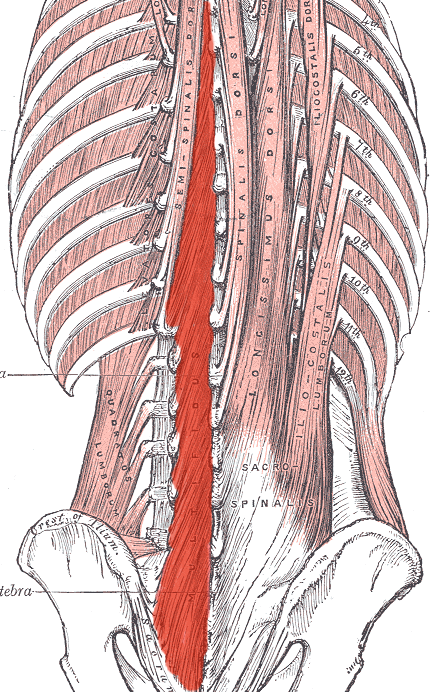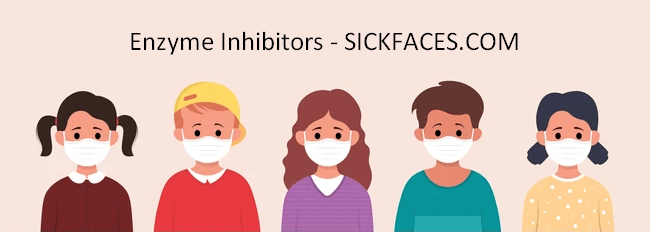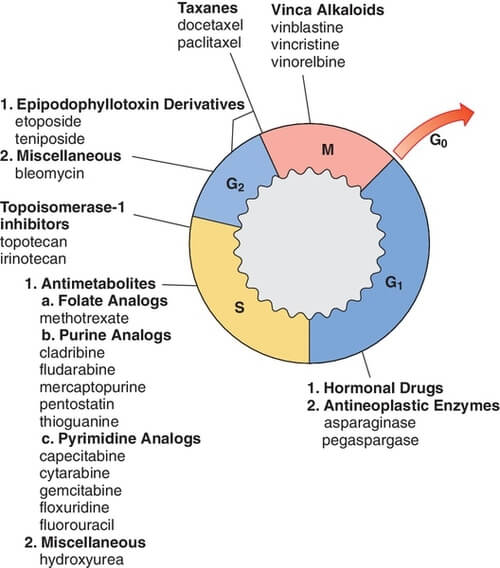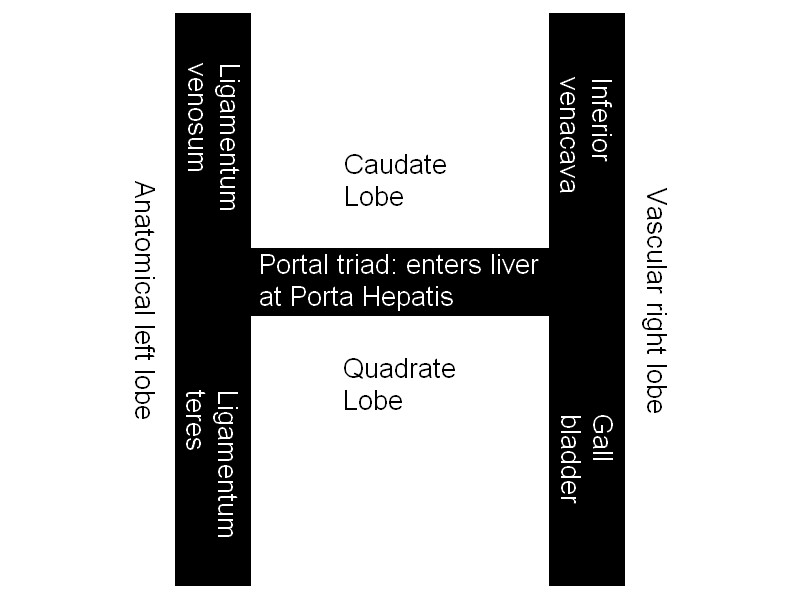A. Superficial Group (Appendicular group)
Arise from vertebral column and attach to shoulder (assist in movement of limbs)
a. Most superficial:
- Trapezius (From external occipital protuberance, ligamentum nuchae and spinous process C7-T12)
- Latissimus dorsi (From spinous process T7-T12, thoracolumbar fascia and iliac crest)
b. Covered by trapezius:
- Levator scapulae (From spinous process C1-C4)
- Rhomboid minor (From spinous porcess C7-T1)
- Rhomboid major (From spinous process T2-T5)
Insertion of these muscles have been discussed in our previous article:
B. Intermediate Group (Deep to Rhomboids and Latissimus dorsi)
Arises from vertebral column and attaches to ribs (assist in the human respiratory effort)
a. Serratus posterior superior: C7-T3 to 2nd-5th ribs
b. Serratus posterior inferior: T11-L3 to 9th-11th ribs
C. Deep Group (Intrinsic Back Muscles deep to Thoracolumbar fascia)
Associated with movements of the vertebral column
Arranged in further 3 layers:
a. Superficial (Spinotransversales): Originates from spinous process and inserts into transverse process
- Splenius capitis (Ligamentum nuchae & C3-T3 to Mastoid process & superior nuchal line)
- Splenius cervicis (C7-T6 to C1-C3)
b. Intermediate (Erector spinae):
Mnemonic: I Love Spine (from lateral to medial)
These have common tendinous origin from: Lumbar and lower thoracic vertebrae, Sacrum, Posterior aspect of iliac crest, Sacroiliac and sacrospinous ligament
- Iliocostalis (lumborum, thoracis and cervicis) – attaches to ribs and cervical transverse processes
- Longissimus (thoracis, cervicis and capitis) – attaches to transverse process of vertebrae and mastoid process of skull
- Spinalis (thoracis, cervicis and capitis) – attaches to spinous process of vertebrae and occipital bone of skull
When both sides are engaged function as the primary extensor of the back. Unilaterally they assist with lateral bending and rotation of the spine.
c. Deep (Transversospinales): Originates from transverse process and inserts into spinous process

Mnemonic: Spine Moves & Rotates (from superficial to deep)
- Semispinalis (thoracis, cervicis, capitis) – C4-T10 to C2-T4 & occipital bone (most superficial of deep muscle)
- Multifidus – Runs the entire length of the spine, traveling from Transverse Process to Spinous Process every 2-4 vertebrae (between semispinalis and rotatores)
- Rotatores – Runs from Transverse Process to Spinous Process every 1-2 vertebrae (deepest)
These muscles assist in bending the back posteriorly when contracted bilaterally. When unilateral contraction occurs, they are responsible for assisting with lateral bending and rotation.
The segmental innervation of the deep muscle groups makes these muscles vulnerable during surgical procedures. Only one branch of the dorsal ramus innervates the medial multifidus with no intersegmental supply. This lack of intersegmental supply can cause injury and paralysis of these small muscle groups. As the paraspinal muscles depend on the antagonistic relationship between bilateral groups, a weakness in the small muscles can cause an imbalance and impairment for the spine.
Innervation of Back muscles
Extrinsic back muscles (Superficial and Intermediate layer) are innervated by ventral rami of cervical spinal muscles except for the trapezius (accessory nerve CN XI).
Intrinsic back muscles (Deep layer) are innervated by dorsal rami of spinal nerves.
Refer to anatomy atlas for diagrams.


